If you’ve ever dreamed of growing your own fresh, crunchy cabbages but thought you needed a big garden, think again! Believe it or not, you can grow cabbages right inside old tires — a method that’s not only simple but also incredibly productive. This creative gardening idea is perfect for beginners and urban dwellers who have limited space.
Old tires, which are often discarded as waste, can easily be transformed into eco-friendly mini garden beds that help cabbages thrive. They retain heat, conserve moisture, and create a compact growing environment ideal for leafy vegetables.
In this article, we’ll take you step-by-step through how to grow cabbage in tires, why this method works so well, and how to ensure you get the best harvest possible. Whether you’re a first-time gardener or an experienced grower looking for innovative ideas, this method will surprise you with its simplicity and yield.
Why Grow Cabbage in Tires?
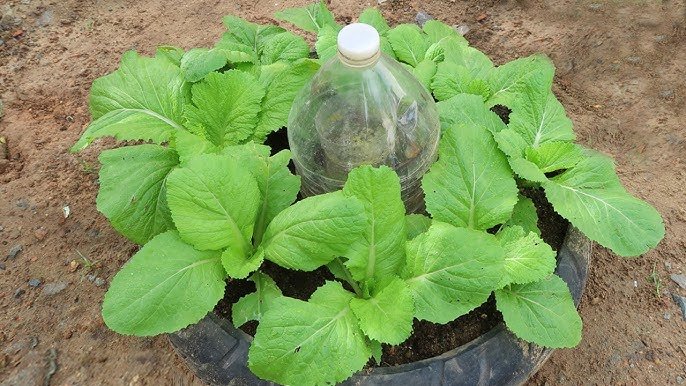
Using old tires for planting is a brilliant recycling idea that benefits both the gardener and the environment. Here’s why this method is worth trying:
- Space-Saving Design: Tires are compact and stackable, allowing you to grow multiple layers of cabbages in small spaces.
- Excellent Soil Warmth: The black rubber of tires absorbs sunlight, keeping the soil warm — perfect for faster cabbage growth.
- Moisture Retention: The circular walls of the tire help retain moisture, reducing the need for frequent watering.
- Cost-Effective: Tires are often free or easily available, turning waste into a useful garden resource.
- Eco-Friendly: Reusing old tires prevents them from ending up in landfills, contributing to sustainable gardening.
What You’ll Need
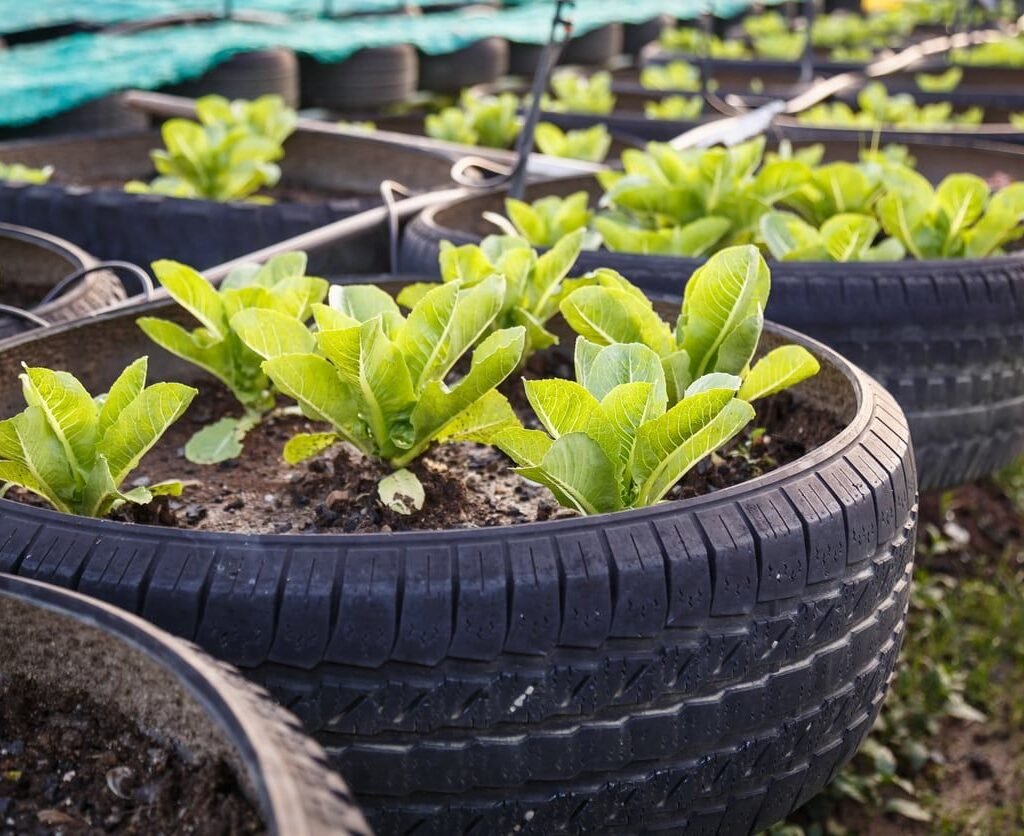
Before you begin, gather the following materials:
- 1 or more old tires (medium or large size)
- Quality garden soil or loamy soil
- Compost or organic manure
- Cabbage seedlings (or seeds)
- Watering can or hose
- Knife or drill for making drainage holes
- Mulch or dry leaves for moisture retention
Optional: Additional tires for stacking, creating a raised bed for deeper roots.
Step-by-Step Guide: Growing Cabbage in Tires
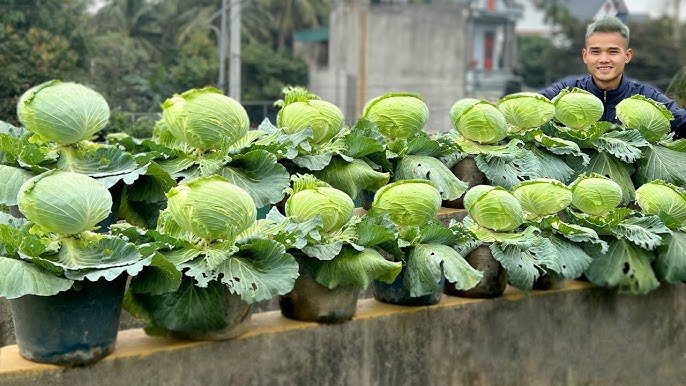
Step 1: Prepare the Tire
Start by choosing a clean tire. Wash off any grease or oil residues using soap and water. Once clean, make a few small holes at the bottom of the tire using a knife or drill to allow excess water to drain out.
Place the tire in a sunny location — cabbages require 6–8 hours of direct sunlight daily to grow healthy and full.
If your area has poor soil, you can place a sheet or cloth under the tire to prevent weeds from creeping in.
Step 2: Prepare the Soil Mix
Cabbages love nutrient-rich, well-draining soil. The ideal potting mix is:
- 40% garden soil
- 40% compost or cow dung manure
- 20% sand or coco peat for aeration
Mix them thoroughly and fill the tire halfway. Add another layer of pure compost at the top for an extra nutrient boost.
This combination ensures the soil is fertile, airy, and moisture-retentive — just what cabbages need for healthy head formation.
Step 3: Plant the Seedlings
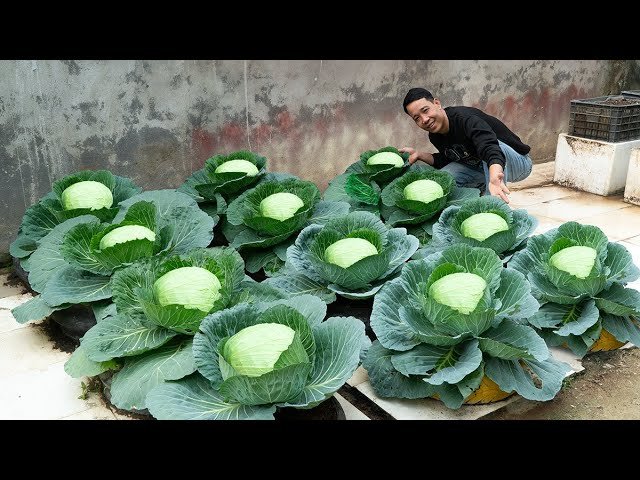
If you’re starting from seeds, sow them first in a small seed tray or container. Once the seedlings reach about 4–5 inches in height, they’re ready to be transplanted into the tire.
To transplant:
- Make a small hole in the soil at the center of the tire.
- Carefully place the seedling with its root ball intact.
- Gently press the soil around it and water thoroughly.
If your tire is large enough, you can plant 2–3 cabbage seedlings per tire, leaving enough space (about 12–15 inches apart) for each to expand.
Step 4: Watering and Mulching
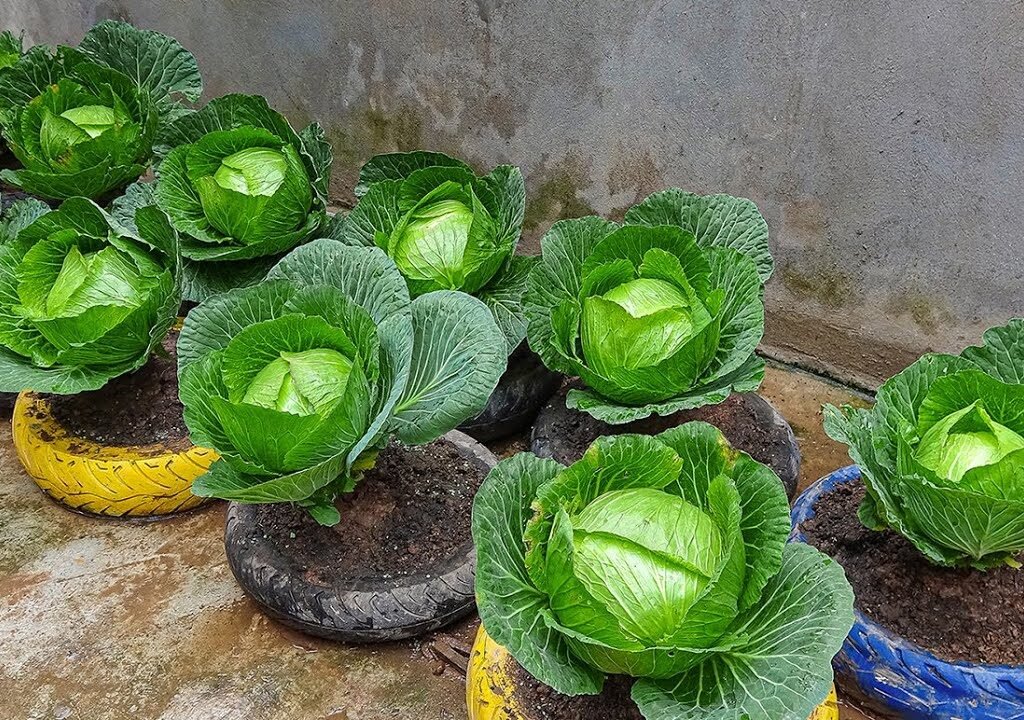
Cabbages need consistent moisture to grow their large, leafy heads. Water the plants regularly — enough to keep the soil moist but not waterlogged.
To maintain soil moisture and reduce evaporation, cover the surface with a layer of mulch, such as dry leaves, straw, or coco husk.
This step also helps prevent weeds from competing with your cabbage for nutrients.
Step 5: Fertilizing Naturally
Cabbages are heavy feeders, meaning they require lots of nutrients during their growing period. Every two weeks, feed your plants with one of the following organic fertilizers:
- Compost tea (made by soaking compost in water for 48 hours)
- Banana peel water for potassium boost
- Eggshell powder to add calcium and strengthen the leaves
- Vermicompost sprinkled around the base
Avoid using too much nitrogen-rich fertilizer; while it promotes leaf growth, it can delay head formation.
Step 6: Pest and Disease Control
Cabbage plants can sometimes attract pests like aphids, caterpillars, and cabbage worms. You can prevent and control these naturally by:
- Spraying neem oil diluted in water once a week.
- Checking under leaves regularly for eggs or larvae.
- Planting companion crops like garlic or marigold nearby to repel pests.
Also, avoid water stagnation as it may lead to fungal diseases. Ensure the drainage holes are not blocked.
Step 7: Caring and Maintenance
As your cabbage grows, keep the following care tips in mind:
- Sunlight: At least 6 hours of full sunlight daily is essential.
- Watering: Regular, even watering ensures smooth head development.
- Weeding: Occasionally remove any weeds that appear inside or around the tire.
- Stacking Tires: If you want deeper soil, stack a second tire on top and fill it with soil as your cabbage grows. This gives roots more room and promotes larger heads.
Growth Timeline
Here’s a rough timeline of what to expect:
- Week 1–2: Seeds germinate or transplanted seedlings adjust to the new environment.
- Week 3–4: Leaves start expanding rapidly.
- Week 5–8: Head formation begins in the center.
- Week 10–12: Heads mature and are ready for harvest.
Cabbage growth speed can vary depending on the variety, weather, and soil quality.
Harvesting Your Tire-Grown Cabbage
Cabbages are ready for harvest when the heads feel firm and compact to the touch. To harvest:
- Cut the head at the base with a sharp knife, leaving the outer leaves and stalk intact.
- If you leave the root and a few outer leaves, new small cabbages may sprout again — giving you a second harvest!
Freshly harvested cabbages can last up to two weeks in the refrigerator if stored properly in a cool, dry space.
Advantages of Growing Cabbage in Tires
- High Productivity in Small Space: Even one or two tires can produce several kilograms of cabbage.
- Mobility: Tires can easily be moved around your garden or terrace.
- Recycling Benefits: You’re turning waste into something functional and sustainable.
- Low Maintenance: Once set up, tire planters require little effort.
- Aesthetic Appeal: With a bit of paint or decoration, tires can look stylish and colorful in your garden.
Eco-Friendly Touch: Turning Waste into Wealth
Old tires are a global waste problem, often burned or dumped in landfills. By converting them into planting containers, you’re contributing to sustainable living. This method also encourages reusing materials that would otherwise harm the environment.
To make your tire garden even more eco-friendly:
- Avoid using paint containing harmful chemicals.
- Line the inside of the tire with a biodegradable sheet before filling soil.
- Use organic fertilizers instead of synthetic ones.
This way, your cabbage-growing project becomes part of a bigger movement — one that combines creativity, recycling, and sustainability.
Common Mistakes to Avoid
- Overwatering: Cabbages dislike soggy soil. Ensure proper drainage.
- Too Little Sunlight: Lack of sun results in loose, small heads.
- Planting Too Close: Overcrowding prevents full head development.
- Skipping Pest Control: Regular monitoring is crucial for healthy leaves.
- Using Contaminated Tires: Always clean and wash tires before planting to remove chemicals or residues.
Conclusion
Growing cabbage in tires is one of the easiest and most rewarding ways to start your home gardening journey. It’s affordable, eco-friendly, and requires minimal space — perfect for beginners or anyone looking to recycle creatively.
With just a few old tires, some soil, and a bit of care, you can harvest fresh, organic cabbages from your backyard, terrace, or balcony. Not only will you enjoy delicious homegrown produce, but you’ll also contribute to reducing waste and protecting the environment.
So, the next time you see a discarded tire, don’t throw it away — turn it into a productive mini garden. You’ll be amazed at how something so simple can give such an abundant, healthy harvest.
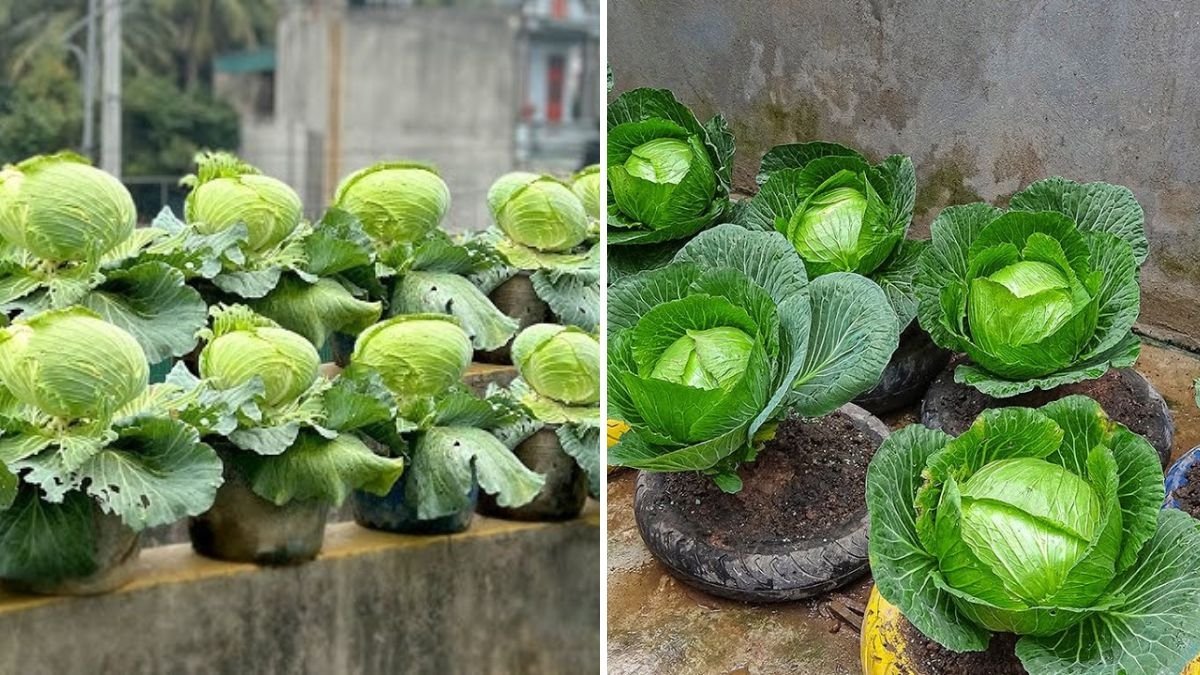
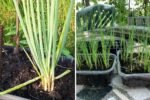

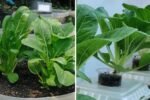
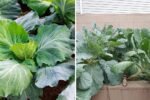
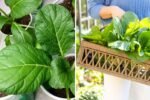
Leave A Comment